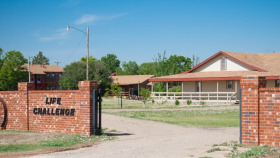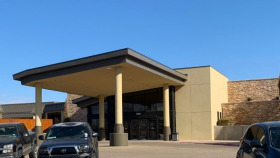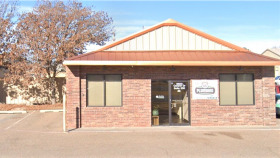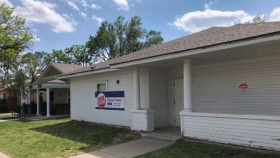Expert Insights
Amarillo has seen a major spike in the number of fentanyl addictions over the last 6 months. The truth is that fentanyl is easy to find and it’s very cheap.
Experts believe that’s why they are seeing such an increase in the number of people addicted. But fentanyl is also one of the most difficult drugs to detox from, making things even more difficult. However, local Amarillo treatment centers are now beginning to use medication assisted treatment in order to combat fentanyl addiction, and they’re seeing good results with 40 to 60% of participants going on to live lives in recovery. The medication assisted treatment programs include a combination of psychosocial therapy and a drug known as Suboxone.
If we are going to combat the Fentanyl epidemic, we certainly need all hands on deck. And once again, it looks like Suboxone has become one of the number one tools in the arsenal. I hope to see more treatment centers embrace this method if it is, in fact, as successful as the trials seem to indicate in Amarillo.
~ Natalie Baker
Cost of Drug Rehab in Amarillo
The cost of rehab depends on multiple variables, such as where you decide to go and what type of amenities you expect to enjoy. For example, if you’re looking forward to massage therapy and a fitness center with a spa, then you can probably expect to pay more for that specific facility.
Generally, people use their health insurance to pay for care, but many people don’t have insurance. To pay for treatment, it might be necessary to ask for help. You can take out a medical loan if you have a good credit score, or you can ask friends or family for money to fund your rehab. You can also look to crowdfunding websites to ask anonymous donors online for assistance.
Resources
- Center for Disease Control. (2022). CDC Wonder.
- National Library of Medicine, Medline Plus. (2022). Alcohol Withdrawal.
- Substance Abuse and Mental Health Services Administration. (2022). SAMHSA Behavioral Health Treatment Services Locator.
- U.S. Department of Labor. (2022). Family and Medical Leave Act.

















